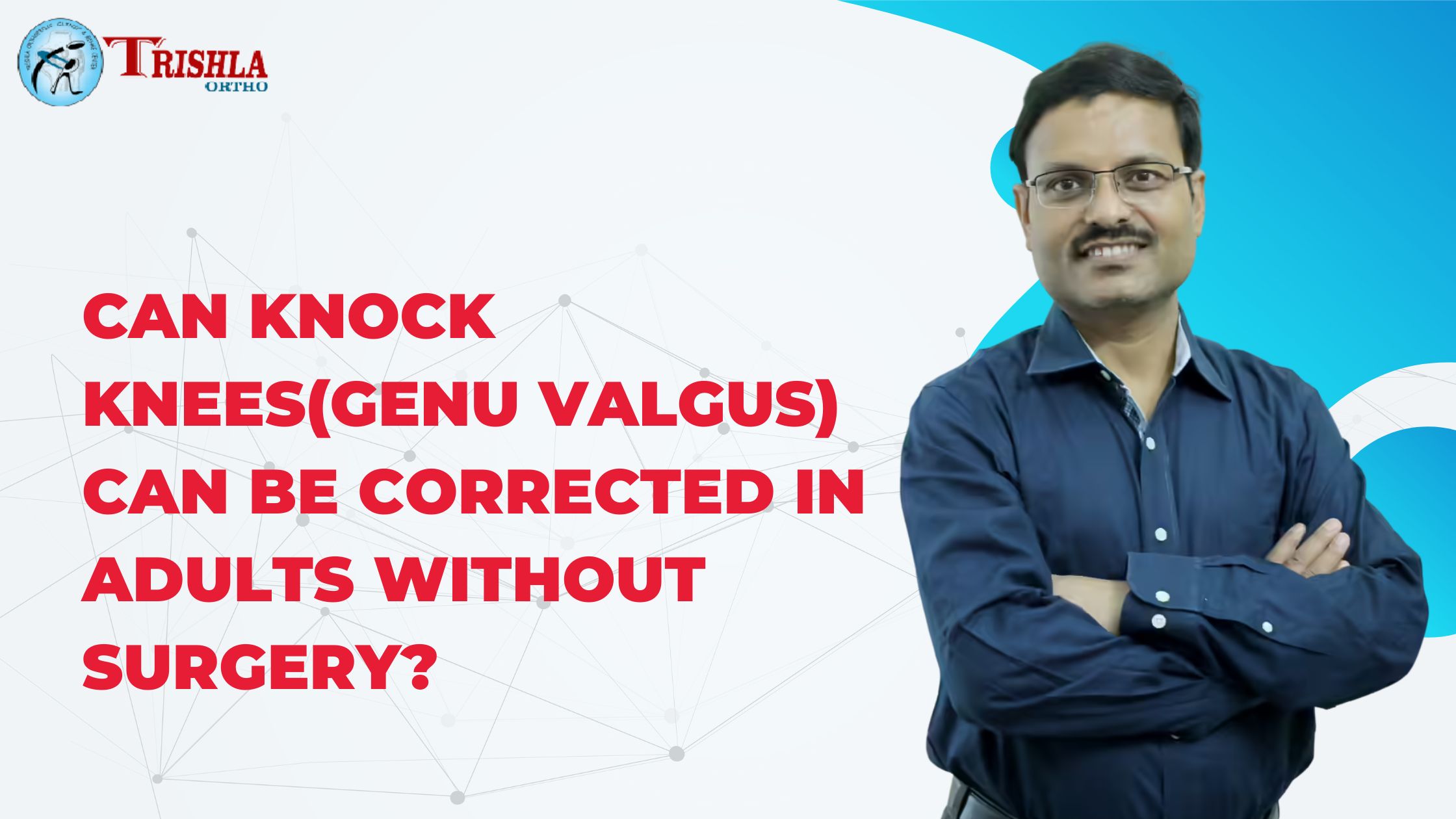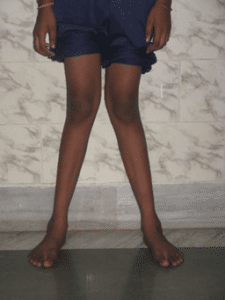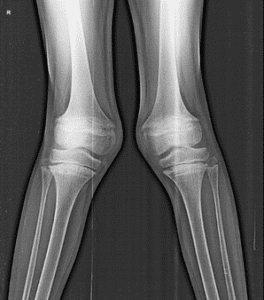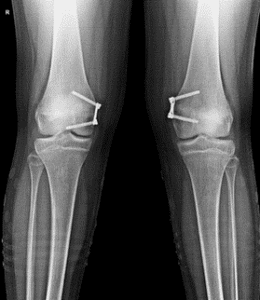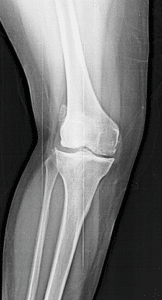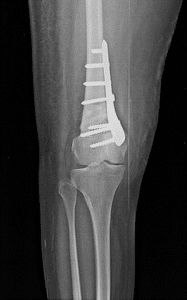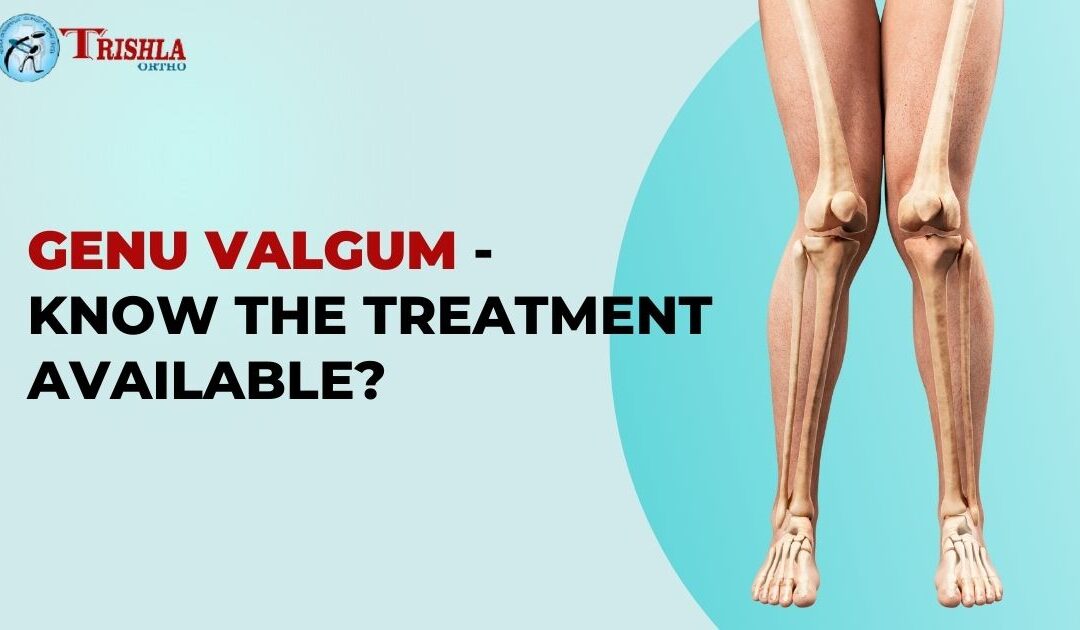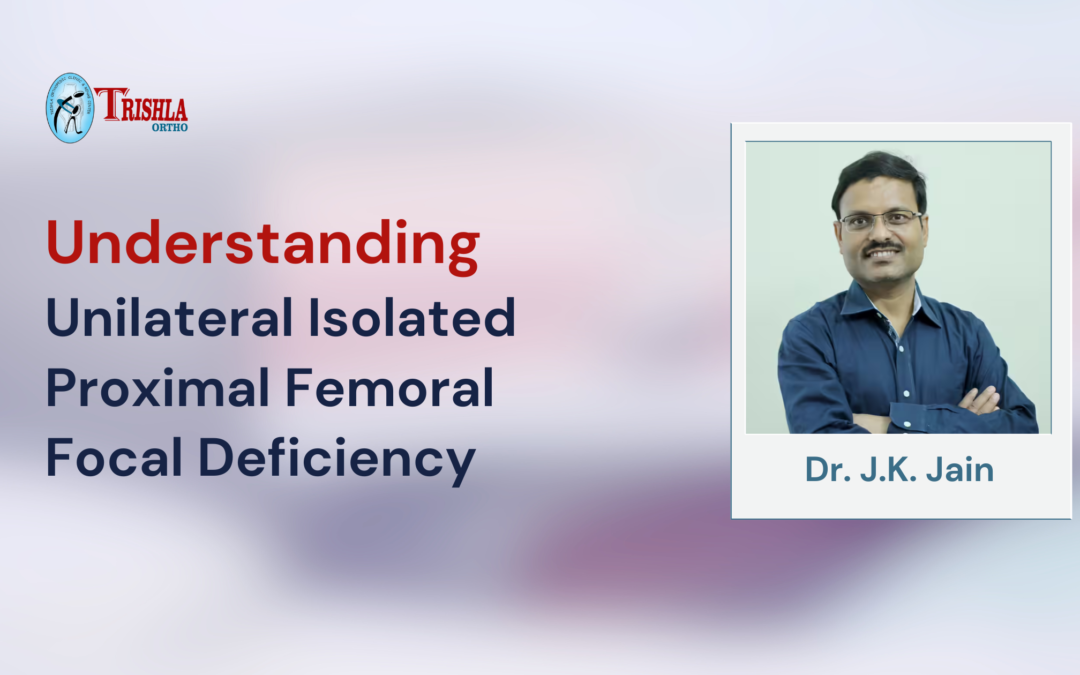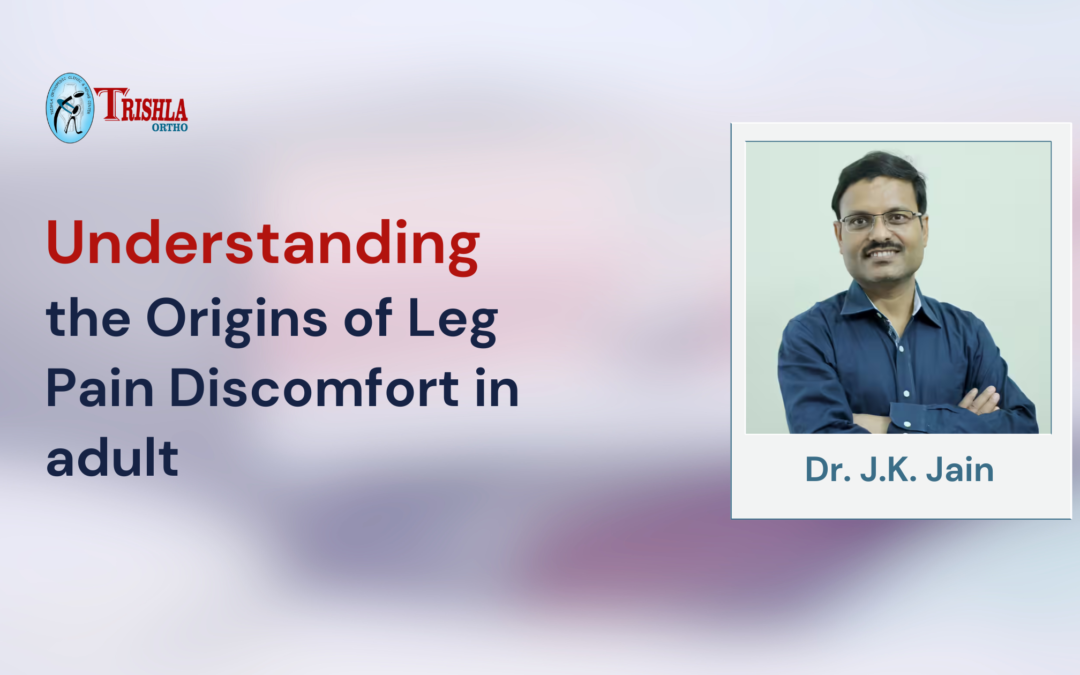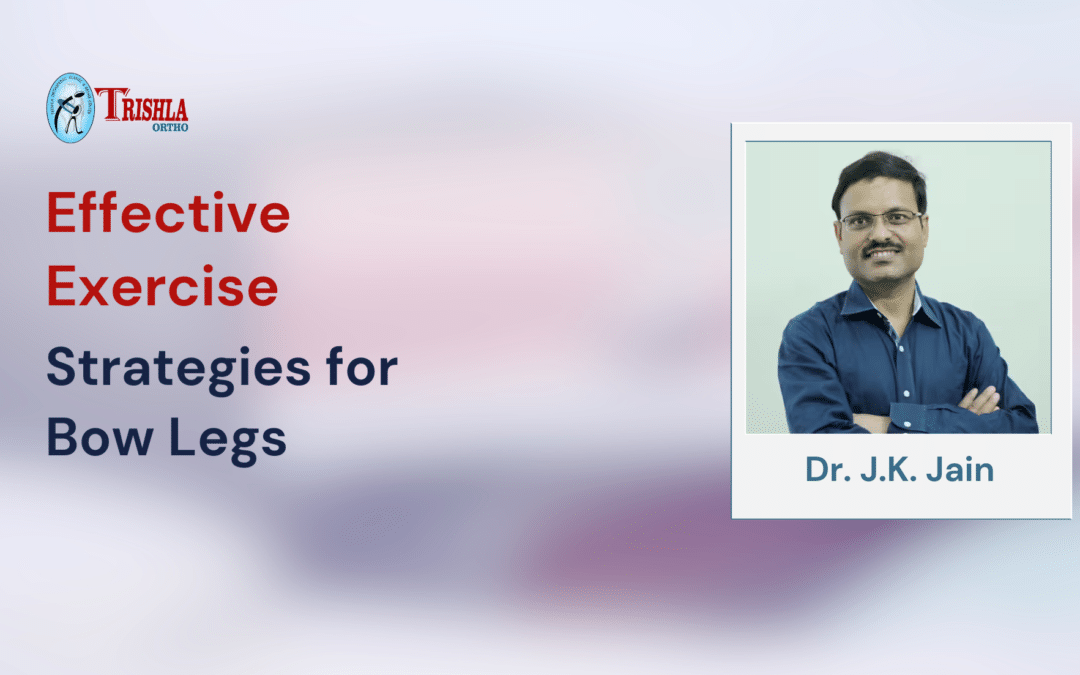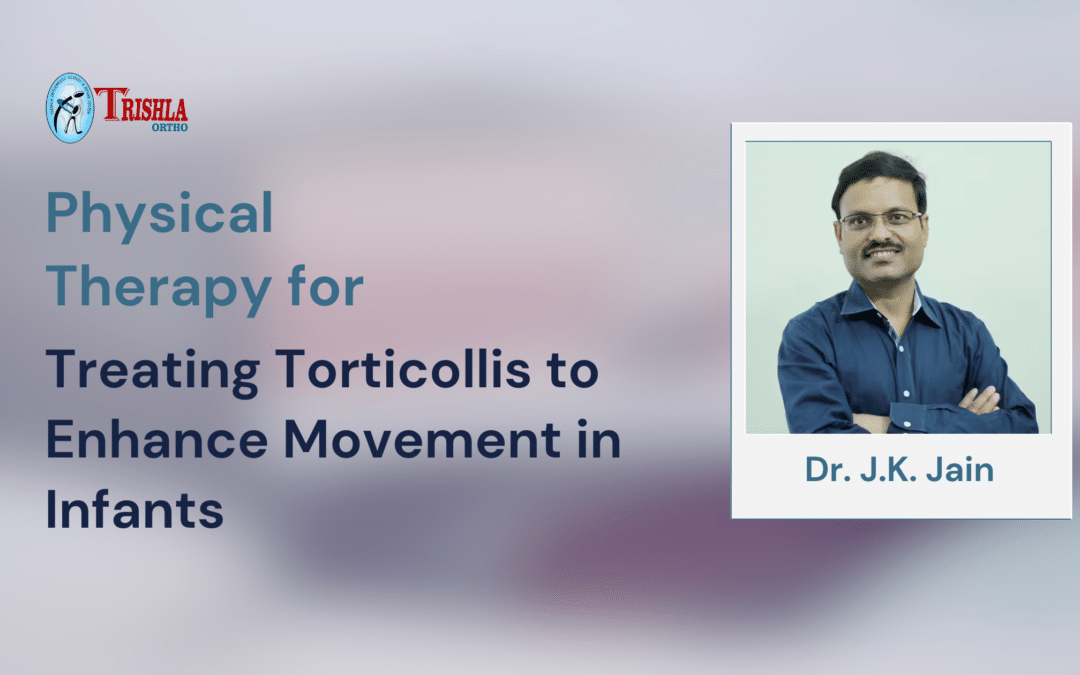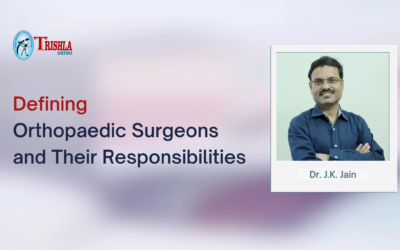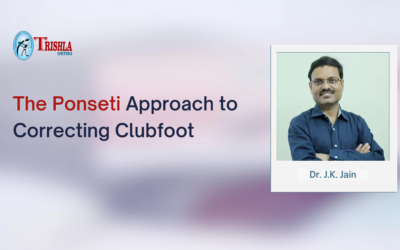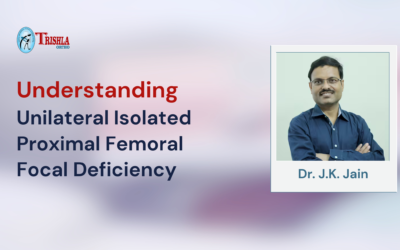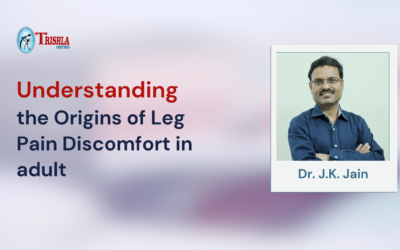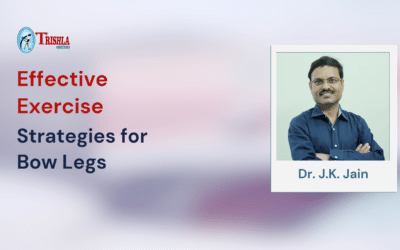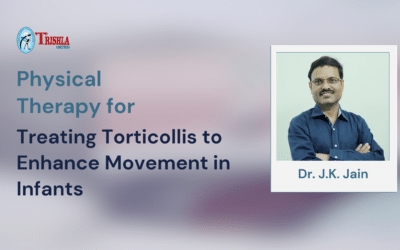Topics to be covered under this blog
A. What is Genu Valgum?
Genu valgus, also known as knock knee is one of many leg deformities. In this condition distance between both ankles and joints will increase so the medial side of the knee joint will touch together during standing & walking. The patient will have difficulty running & walking, but once this deformity persists for a long duration, the patient will start having pain in the knee, and he will develop arthritis.
A patient will also feel difficulty in running & walking. It will also look awkward. During standing & walking, the lateral part of the joint will be overloaded so that the smooth articular surface will be damaged with repeated wear and tear, and ultimately degenerative arthritis will be set up.
In the normal course, the small kid will have bowing of leg in which leg bone is curved outside & distance between both knees is more than abnormal. knock knees treatment can be done at the age of 21-24 months. As a developmental process, after two years, a child will develop Genu valgus & will have a plateau of deformity at the age of 3 years, but that is also correct at the age of 6-7 years.
The normal angle is 7 degrees of Genu valgus in adults. Normal intermalleolar distance (distance between both ankle joints on the medial side) is measured to see the progress. An intermalleolar distance of more than 8cm is taken as pathological.If it is more than 8cm, then need to worry, and experts should be consulted. Genu valgus can persist due to vitamin D deficiency or develop later due to other causes. Lets find out what the best pediatric orthopedic doctor in allahabad has to say about it.
B. What caused this condition in adults:
it can present as a continuation of deformity since childhood or develop later in adolescence or adulthood. Most of the time, Genu valgus in an adult is the continuation of Genu valgus, which develops in adolescence. Causes of Genu valgus development in elder children/adolescents is trauma or infection affecting the growing area (Physis) of the distal femur, Rickets, weak bone along with obesity, infection, etc. It is very rare to develop as a fresh deformity in adults. It happens only because of trauma, tumour, infection, arthritis, etc
C. Treatment plan for knock knees:
Genu valgus in early childhood between 2 to 6 years requires observation and reassurance only. If it is severe, then the child may require bracing to correct the deformity. Vitamin D supplements are being used in children with vitamin D deficiency. Surgery is rarely required at this early age if it is not progressive. After seven years, if it appears for the first time, then a close watch is required. If it is severe or progressive, then the child will need growth modulation of distal femur physis. In growth modulation, we put a screw or special plate on the medial side of the distal femur growth plate by a mini-open incision.
With the application of a plate & screw, growth of the medial side slows down, and deformity is correct in a few months to a year. Then plate/ screw will be removed. This procedure can only be done during the growth phase of a child and will not be effective once the growth of height slows down. Once growth slows down &also in adults, deformity needs to be corrected by osteotomy (cutting of bone & correcting of deformity)& fixation with a plate.
With the correction of deformity, problems of pain & arthritis can be reduced. However, the patient needs to rest for 1-2 months along with exercise. The plate will be removed after one year. The role of bracing /splint is controversial in adults and late adolescents. Usually, it is not effective. Exercises/swimming not effective in correction of Genu valgus. Weight control has a role in the prevention of long-term sequelae of pain &arthritis.
Conclusion:
Genu valgus/ knock knee is a preventable disorder in early childhood by supplementing Vitamin D if it is deficient. With early identification in early adolescents before the age of 11 years in a girl & 12 years in boys, it can be managed with minimal surgery of growth modulation. The child can start walking on the second day of surgery. However, once it is delayed, the deformity should be managed by well-planned corrective surgery. With the correction of deformity chances of arthritis can be lessened to a great extent.
“Early identification of genu valgus in early adolescent & growth modulation can save an individual from developing pain & arthritis in the knee.”
Bilateral genu valgus x-ray of bilateral genu valgus in child
Genu valgus in children manages by growth modulation.
Genu valgus in adult Genu valgus manage by osteotomy
Reference link –
https://www.wikihow.com/Fix-Knock-Knees
https://www.healthline.com/health/genu-valgum#diagnosis
